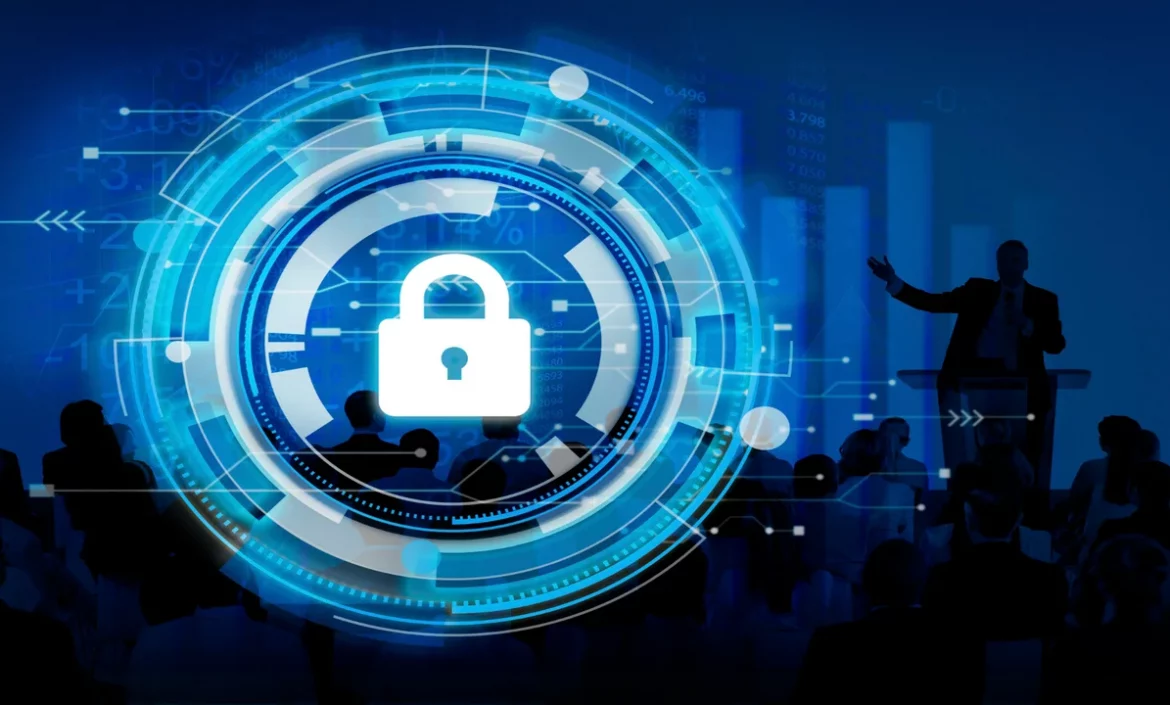How to build a strong cybersecurity strategy: Safeguarding your digital assets
Organizations face a growing risk of cyber threats and attacks. Building an effective cybersecurity strategy is crucial for safeguarding sensitive data, guaranteeing business continuity, and protecting digital assets. This article provides a comprehensive guide on how to build a strong cybersecurity strategy that effectively mitigates risks and enhances the resilience of your organization’s digital infrastructure. Establish an exhaustive Risk Assessment:
Begin by conducting a detailed risk assessment to identify potential vulnerabilities, weaknesses, and assets that need protection. Evaluate your network infrastructure, systems, applications, and data to understand potential threats and their potential impact on your organization. This assessment forms the foundation for developing targeted cybersecurity measures. Establish a Security Framework and Policies:
Develop a security framework and establish clear policies and procedures to guide cybersecurity practices within your organization. This framework should outline standards, guidelines, and best practices for data protection, access controls, incident response, and employee awareness training. Review and update these rules regularly to align with growing threats and the changing regulatory requirements. Implement Strong Access Controls:
Enforce strong access controls to ensure that only authorized individuals can access sensitive data and critical systems. Implement multi-factor authentication, strong password policies, and role-based access controls. Regularly review and revoke access permissions for employees who no longer require them and implement the principle of least privilege to limit access to the minimum necessary for job functions. Deploy Robust Endpoint Protection:
Endpoint security is crucial for guarding against threats targeting individual devices, such as laptops, mobile devices, and IoT devices. Deploy robust antivirus and anti-malware software on all endpoints, regularly update software and firmware, and enable automatic patching. Consider implementing advanced endpoint protection solutions that incorporate behavior monitoring, sandboxing, and threat intelligence to detect and mitigate emerging threats. Encrypt Sensitive Data:
Encrypting sensitive data at rest and in transit adds an extra layer of protection against unauthorized access. Employ robust encryption algorithms and protocols for data. Implement secure communication protocols, such as SSL/TLS, for transmitting data over networks. Regularly review encryption practices and ensure encryption keys are properly managed. Conduct Regular Security Awareness Training: Organize regular security awareness training sessions to inform employees about potential threats, phishing scams, safe browsing practices, and the importance of data protection. Encourage workforce members to report suspicious activities instantly and foster a culture of cybersecurity awareness across the organization. Establish Incident Response and Business Continuity Plans:
Build an exhaustive incident response plan that outlines the steps to be followed in the event of a security incident or breach. Establish roles and responsibilities, establish communication channels, and implement regular drills to test the effectiveness of the plan. Additionally, create a business continuity plan to ensure the organization can continue its critical operations during and after a cybersecurity incident.
Regularly Monitor and Update Systems
- Implement a robust monitoring and logging system to detect and respond to security incidents promptly.
- Monitor network traffic, log events, and implement intrusion detection and prevention systems.
- Regularly update and patch software and firmware to target known vulnerabilities and protect against emerging threats.
- Establish a vulnerability management program to determine and remediate security weaknesses in a timely manner.
Developing a resilient cybersecurity strategy is crucial for safeguarding your organization’s digital assets against evolving threats. By conducting a comprehensive risk assessment, establishing security frameworks and policies, implementing strong access controls, deploying robust endpoint protection, encrypting sensitive data, conducting regular security awareness training, establishing incident response and business continuity plans, and monitoring and updating systems, you can enhance your organization’s resilience against cyber-attacks.
Cybersecurity is an ongoing effort, and regularly reviewing, testing, and updating your strategy is key to staying ahead of emerging threats. Building a strong cybersecurity strategy is crucial to protect sensitive information, defend against evolving threats, and maintain the integrity of digital assets.
Types of Cybersecurity Strategies
These are the various types of cybersecurity strategies that organizations can adopt to bolster their defenses and ensure a secure digital environment.
Prevention-Based Strategy:
A prevention-based cybersecurity strategy focuses on proactively identifying and mitigating vulnerabilities to prevent attacks. It includes implementing security operations such as firewalls, intrusion detection systems, and regular security updates to enforce network defenses. This strategy also emphasizes user awareness training and strong access controls to minimize the risk of human error.
Defense-in-Depth Strategy:
The defense-in-depth strategy involves implementing multiple layers of security measures to protect critical assets. It encompasses a combination of technologies, policies, and procedures to create multiple barriers against attacks. This encompasses the implementation of firewalls, antivirus software, encryption, and access controls at different stages to create a comprehensive defense system.
Incident Response Strategy:
An incident response strategy focuses on effectively responding to and managing cybersecurity incidents. It relies on creating a thorough plan that outlines the steps to be taken in the event of a security breach. This strategy includes establishing incident response teams, defining roles and responsibilities, and implementing communication channels to ensure a swift and coordinated response to incidents.
Risk-Based Strategy:
A risk-based security strategy includes determining and prioritizing risks based on their possible effect and likelihood of occurrence. It involves conducting regular risk assessments to detect vulnerabilities and potential threats. By focusing efforts on mitigating the most critical risks, organizations can allocate resources effectively and strengthen their overall security posture.
User Awareness Strategy:
The human factor is a significant vulnerability in cybersecurity. A user awareness operation aims to inform and train employees about best practices, potential threats, as well as social engineering techniques. This strategy promotes a culture of cybersecurity awareness, encourages employees to adopt secure behaviors, and empowers them to identify and report suspicious activities.
Compliance-Based Strategy:
A compliance-based cybersecurity strategy focuses on aligning security practices with industry regulations and standards. It involves ensuring that the organization meets legal requirements and follows established frameworks specific to its industry. Compliance with regulations such as GDPR, HIPAA, or ISO 27001 helps establish a baseline level of security and protects sensitive data and customer privacy.
On-going Monitoring Strategy:
An efficient monitoring strategy encompasses active monitoring of networks, systems, and applications to detect and respond to potential security incidents in real-time. It employs security information and event management (SIEM) tools, intrusion detection systems, and log analysis to identify anomalies and potential threats. Continuous monitoring enables organizations to respond promptly to incidents and implement necessary remediation measures.
Building a robust cybersecurity strategy requires a combination of different approaches. By adopting prevention-based measures, implementing a defense-in-depth strategy, establishing an incident response plan, incorporating risk-based decision-making, promoting user awareness, ensuring compliance, and implementing continuous monitoring, organizations can enhance their cybersecurity defenses. It is important to regularly assess, update, and adapt the cybersecurity strategy to effectively combat the evolving threat landscape and safeguard digital assets.









